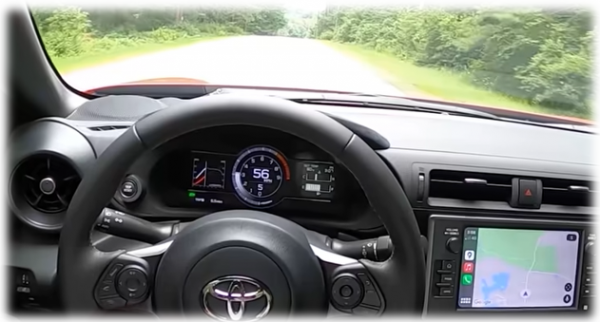Use an OBD II scanner to look for error codes that may indicate a faulty oxygen sensor.
First, make sure that both the motor and the sensor itself have had time to cool so they are not damaged during removal or installation.
Next, jack up your vehicle so you can more easily access the sensor without overexerting yourself while working under your car.
After this, disconnect the sensor from its wiring harness so that it can spin freely when you remove it from its location on the tailpipe.
Spraying your threads with something like WD-40 or PB Blaster is essential to ensure you can unscrew the sensor, as the expansion of the metal caused by frequent heating and cooling cycles can make it difficult to remove.
A socket wrench should suffice in most cases, but if space is tight then an oxygen sensor connector may be necessary; It has a groove for routing cables and an offset flange to provide better leverage when installing or removing the sensor.
With the old one out of the way, install your new O2 sensor; remember to add a small amount of anti-seize lubricant to your threads before putting everything back together.
Finally, clear any error codes with your OBD-II scanner, if necessary, and you should be good to go.
Prices taken from the Internet Product Advertising API at:
Prices and availability of products are exact as of the date/time indicated and are subject to change. Any pricing and availability information displayed on [relevant internet Site(s), as applicable] at the time of purchase will apply to the purchase of this product.
How much does it cost to replace an oxygen sensor?
The cost to replace an oxygen sensor can vary depending on the make and model of your car and the type of O2 sensor you need. In general, you can expect to pay between €30 and €100 for a new O2 sensor. It might be cheaper if it’s a universal fit, but if it’s a specialty sensor it might cost more. Labor costs can also vary depending on the technician or shop you go to for service.
Conclusion
A downstream O2 sensor is an important component of your vehicle’s emission control system. Helps maintain the correct air-fuel ratio to reduce emissions and ensure your engine runs efficiently and effectively.
If there is something wrong with this part, it can cause a variety of problems, such as decreased fuel efficiency, poor acceleration, and rough idling. Fortunately, replacing a downstream O2 sensor isn’t too difficult and most DIY mechanics can do it in their own garages.




